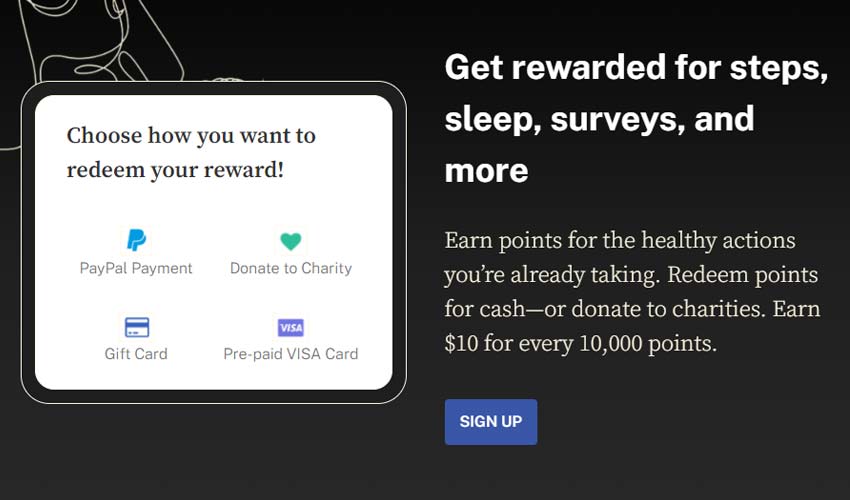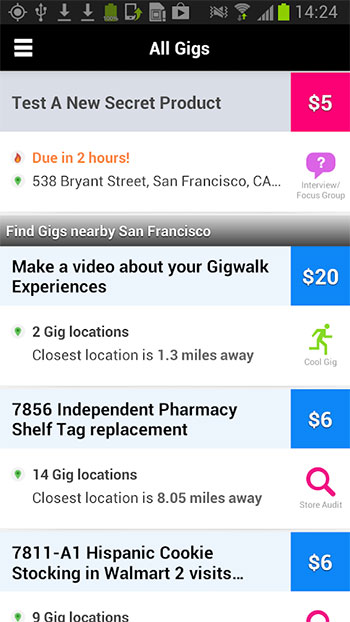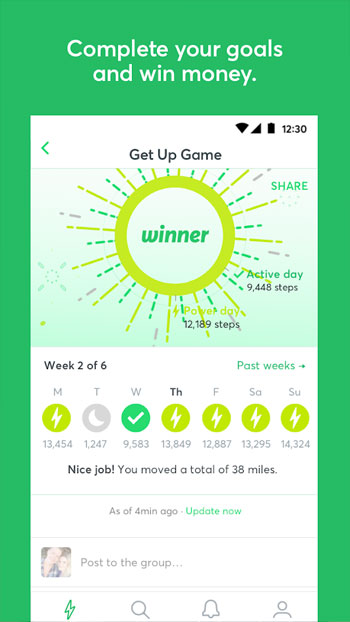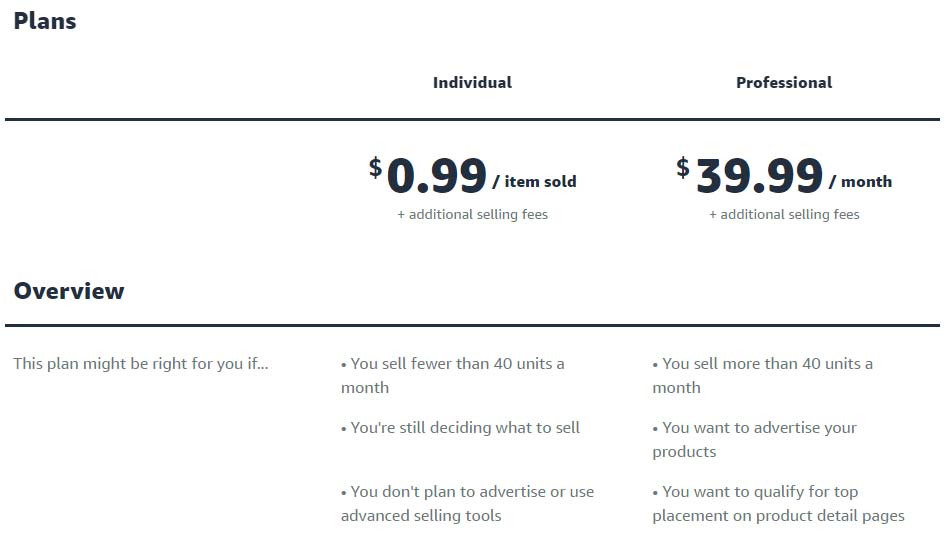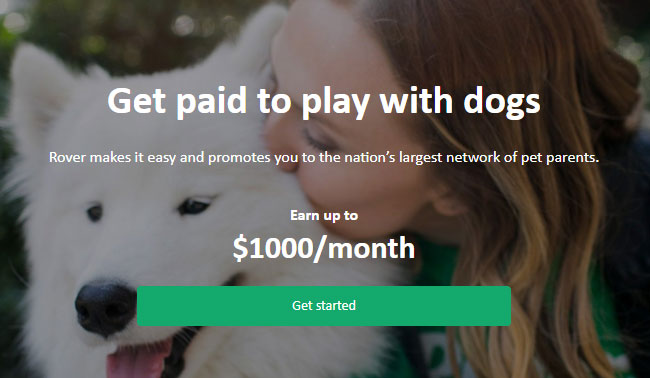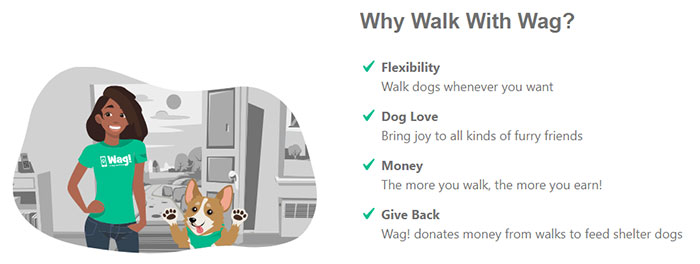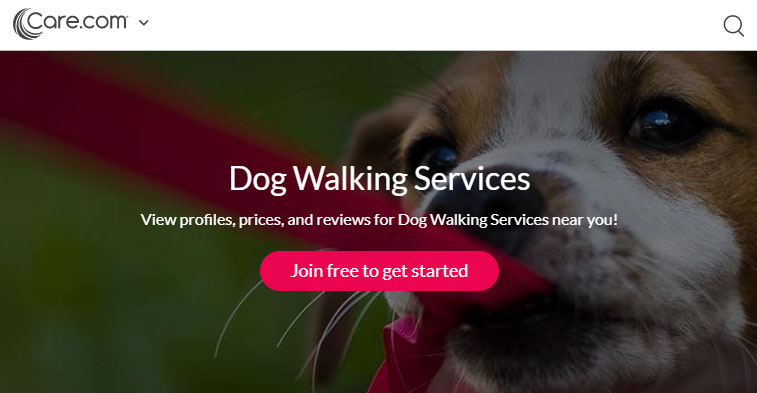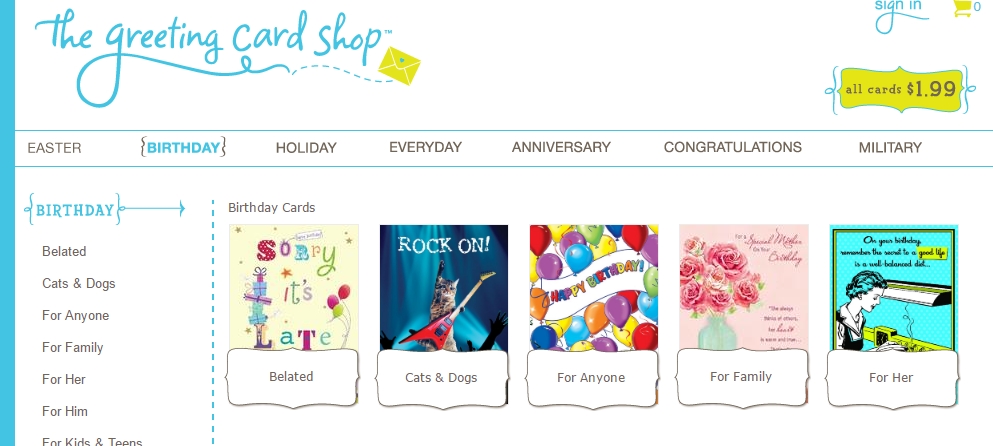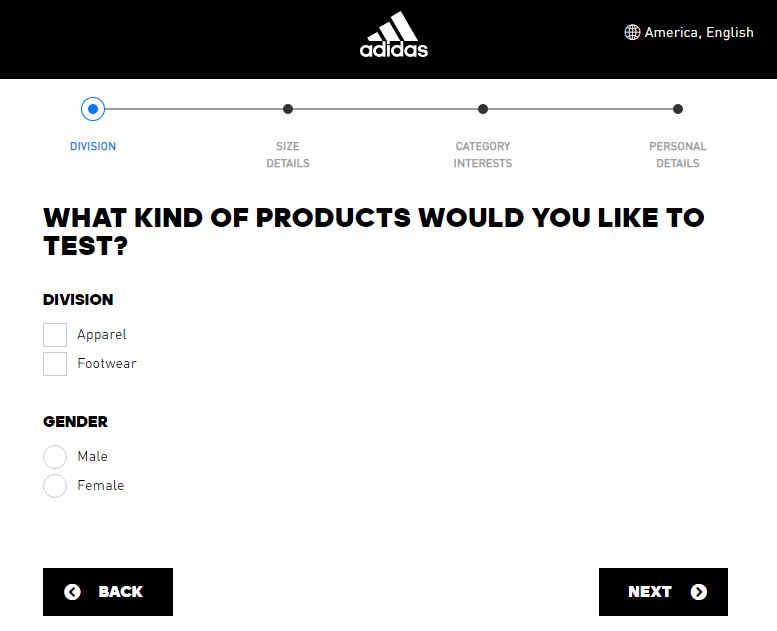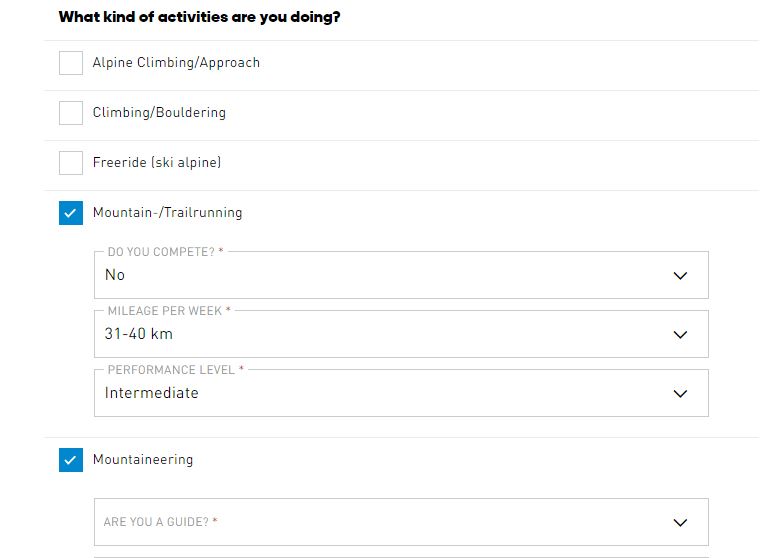If you love driving and are okay with driving other people’s cars, you’ll be happy to know that you can get paid to deliver cars by driving them from one point to another.
For instance, you can deliver cars from the pier to the dealership, or from the dealership to a new car owner’s home.
Getting paid to deliver cars may be a quick gig within the city or a multi-day ride across different states.
Today, let’s take a look at how to get paid to deliver cars: what you need, what to expect, and where to find car delivery jobs so you can start earning quickly.
Car Delivery Job Requirements
The specific requirements to work as a car delivery driver will vary per company, but they will usually look for a valid driver’s license (some companies require a commercial driver’s license), a clean driving record, and the willingness and ability to drive long distances.
You normally have to follow a strict schedule. However, if the journey would take two or more days, you’ll probably have time to sleep or take bathroom breaks at stopovers.
You should be okay to sleep at roadside inns when necessary.
The cool thing about this job is that you’ll usually work as an independent contractor, which means you are free to sign up for as many car delivery jobs as you want.
For example, if you’re hired to deliver a car to Chicago from Philadelphia, you can visit all the attractions you want to see in Chicago within a day or two while you’re in the city. And then from Chicago, you can accept another car delivery gig to another destination, such as Los Angeles.

6 Companies That Pay Drivers To Deliver Cars
A driveaway service is where an individual or a business hires a driver to drive a vehicle on their behalf to transport it from one point to another.
Drivers who get paid to deliver cars or larger vehicles are commonly called driveaway drivers.
They are vetted and hired by driveaway companies, which then work with individuals and businesses that need their vehicles to be transported by being driven from one place to another.
You’d be surprised at how many driveaway companies are there all over the country. Just a quick Google search with the keyword “driveaway companies” in quotes plus your zip code or city and you’ll get a list of the companies nearby.
To get you started, here are a few driveaway companies where you can apply to be a driver to deliver cars.
1. Auto Driveaway
This is probably the largest and most popular driveaway company in North America, with over 40 different offices in plenty of cities, including Canada.
To get paid to deliver cars for Auto Driveaway, you must be between 23 and 75 years of age, must have had a valid driver’s license in your state of residence for at least a year, and must have a clean driving record.
Here’s how to become a driver for Auto Driveaway:
- Join the team of “Under 10,000 pounds” (there are also positions for truck drivers available) and fill out a comprehensive application form, which includes your social security number, home address and driver’s license history for the past three years, and employment history for the past 10 years.
- If you pass the application, you’ll receive access to the jobs available in specific cities.
- When you accept a job, you leave a deposit (around $300 to $500), inspect the car for any kind of dings (big and small), and go on your way.
- Check the rules for each gig. The tricky ones involve fuel allocations (some offer only the first tank for free, the next ones are on you) and driving after dark.
- Once you reach your destination, call the owner where to meet up so you can get his signature. Unfortunately, you can’t leave car keys in the mailbox.
- Visit any Auto Driveaway office and get the deposit back via check.
2. Driveaway USA
Driveaway USA moves vehicles and delivers peace of mind, according to their motto. You can get paid to deliver cars once you’re accepted as an independent contractor.
To be qualified, you’ll have to have a Class A or Class B commercial driver’s license.
Driveaway USA accepts part-time and full-time drivers. You can choose destinations you wish to take and participate in their referral bonus program as well as their safe driving bonus program.

3. Toronto Drive Away
Note: Driver applications are currently suspended, but bookmark the applications page and check back.
This Canada-based company drives vehicles to and from the Sunbelt, specifically Florida, Arizona, and California.
To apply to be a driver for them, you need to be at least 30 years of age, no criminal record, clean driving record, have a Visa or Mastercard for the deposit, and able to cross the Canadian border.
4. Sweetie Boy Transportation
If Toronto Drive Away services western states, Sweetie Boy Transportation focuses more on mid-Atlantic states.
Their AutoPilots get paid to pick up and deliver cars to and from the store or hub location closest to them.
AutoPilots get 50% of the fee for moving the cars, which is paid weekly via direct deposit. Because of this payment structure, there’s no definite hourly rate, but the company claims AutoPilots get paid anywhere from $800 to $1200 weekly on average.
To be qualified to apply as an AutoPilot, you need to be at least 23 years old, have a driver’s license valid for at least 5 years, be willing to drive 8 to 10 hours a day, undergo (and pass) a drug test before employment, and agree to be randomly tested for drugs throughout your employment.
5. Bennett DriveAway
Bennett DriveAway provides driveaway service for all types of motorized vehicles for customers all across the continental United States.
Their driveaway clients mostly hire them to transport tractors and straight trucks, but driveaway vehicles can range from cars and RVs to mobile cranes.
Drivers for driveaway jobs will work as independent contractors and will need to be at least 23 years old, have a Class A, B, or C commercial driver’s license, pass the Federal DOT physical and drug test, and have a clean driving record.
6. Roadie (a UPS company)
Roadie, a company under the UPS banner, lets students, retirees, and any other freelancer from turning spare time into extra cash.
Unlike other companies on this list, Roadie goes beyond car deliveries. You can deliver packages, lost luggage (from the airport to the owner’s house), groceries, and other stuff.
Interested? You can earn up to $13 per local trip and even more on multi-stop deliveries with Roadie.
Other Ways To Get Paid To Deliver Cars
Working for a driveaway company is just one of the ways you can get paid to move cars. Here are some other ideas worth checking out.
Local Car Dealerships and Rental Companies
If you’re trying to branch out and look for clients on your own, ask your local car dealership and rental companies about it.
Since both types of companies fall under the car and transportation industry, there’s a big chance that rental companies and local car dealerships might be interested in driveaway services every now and then.
For example, car rental companies can hire you to transport vehicles back to their office from repair shops, or after a one-way rental.
Online Car Dealerships
Thanks to the internet, car buyers can now shop for a new or used car online without ever leaving their house and have it delivered to their address.
Those who are selling their cars can also opt to have their car picked up and driven to the dealer’s garage or directly to another buyer.
Check out the following online companies and contact them to find out if they are hiring drivers in your area:
Drive an RV to another Town or State
If you’ve been dying to travel across the country and have no ride to get you far, join platforms like Immova and help others relocate their RVs.
Immova has been helping customers relocate vehicles since 2007. When you’ve joined the company, you can filter RVs by type, city drop-off and number of people coming with you. Yes, you can even take friends or your family along with you.
Note that you would have to pay between $1 to $10 dollars each night when you relocate the vehicle. In return, you’ll be compensated with travel allowance, fuel costs or other benefits. You’ll also save money on accommodation, since the RV can be your lodging throughout the trip.
Note that you’ll need Class A or Class B license to join Immova.
Start Your Own Car Delivery Business
Another way to get paid to deliver cars is to offer driveaway services as a contractor, independent of a driveaway company.
It’s not highly recommended, as being connected to a bigger driveaway company means customers tend to trust you more.
However, if you don’t meet some of the requirements of larger companies (which are, admittedly, rather stringent), being directly hired by customers may be a viable option for you to break into the industry.
Here are some of the places you can advertise your services.
- Online classifieds such as Craigslist
- Forums on travel websites, such as Hole in the Donut or My Family Travels
- Platforms for drivers and passengers, such as iDriveYourCar or Professional Drivers
Once you’ve established trust and an online presence, consider starting your own driveaway company and hiring drivers so you can expand your coverage area and take on more clients.
You can also consider establishing a more permanent partnership with car dealerships and car rental services by offering a discount on their fees in exchange for a consistent flow of clients.
Get Paid to Deliver Cars FAQs
How Much Can You Make Delivering Cars?
A self-employed contractor can expect to make $300 to $400 per vehicle delivered. Of course, this will depend on the distance traveled and other factors, such as if the car includes other things like a pet, or boxes of the car owner’s stuff.
This is a legitimate job. You can get paid to deliver cars, but the income is often on the low side.
Customers pay for the gas it costs to have the cars moved from one place to the next.
Shorter deliveries, which involve transporting cars within a city, are often paid on an hourly basis.
Who Pays for Your Return Trip?
One of the biggest questions people ask when they plan to deliver cars as a side hustle is this:
-
- how does one return from the trip?
- Is the return trip cost included in the fee?
Your return trip cost is the responsibility of the hiring company.
If you are driving a vehicle for another person, the individual who hired the driver should pay for the return trip.
Other Ways To Earn From Driving
If you love driving but prefer driving your own car, you can earn money by delivering groceries, running errands, and doing plenty of other tasks.
If you drive a pickup truck, there are even more ways for you to bring in some cash.


